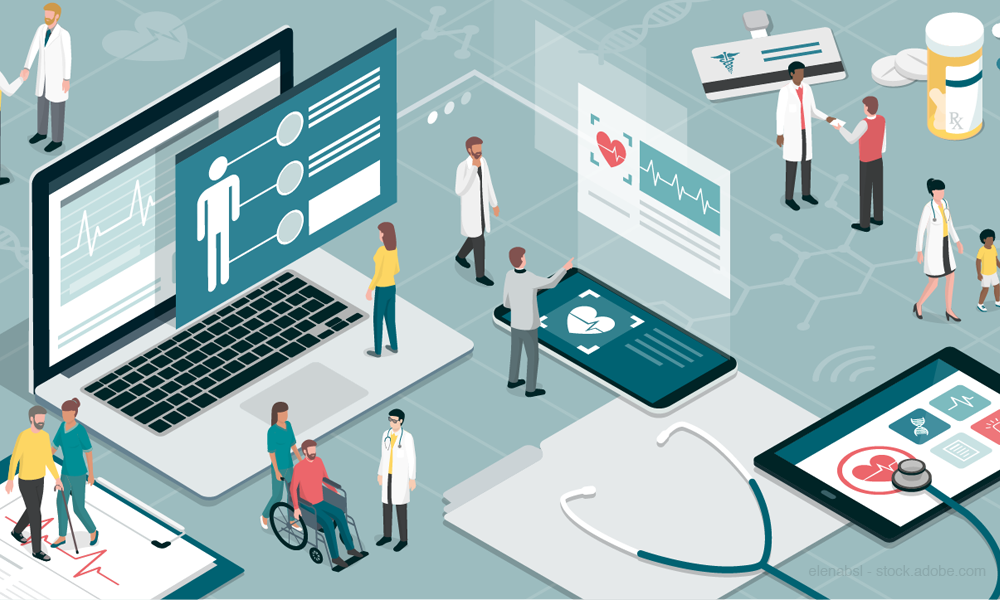In recent years, the landscape of medical practice has been rapidly transformed by advancements in technology. One of the most significant areas of change is in how technology is reshaping the interaction between healthcare providers and patients. From telemedicine to wearable devices, these innovations are revolutionizing the way healthcare is delivered and experienced. In this article, we will explore the various ways in which technology is changing patient interaction in medical practice.
Telemedicine: Bridging Gaps and Expanding Access
Telemedicine, the use of telecommunications technology to provide healthcare services remotely, has emerged as a game-changer in patient interaction. With telemedicine, patients can now consult with healthcare providers from the comfort of their own homes, eliminating the need for travel and reducing wait times. This not only improves access to care for patients in remote or underserved areas but also enhances convenience for patients with busy schedules. Moreover, telemedicine enables more frequent monitoring of patients with chronic conditions, leading to better management of their health.
Remote Monitoring and Wearable Devices

Another area where technology is transforming patient interaction is through remote monitoring and wearable devices. These devices, such as smartwatches and fitness trackers, allow patients to track various health metrics in real-time, such as heart rate, blood pressure, and activity levels. By empowering patients to take a more active role in monitoring their health, wearable devices promote greater engagement and adherence to treatment plans. Additionally, healthcare providers can remotely access and review this data, enabling them to provide personalized feedback and interventions as needed.
Electronic Health Records (EHRs)
Electronic Health Records (EHRs) have become ubiquitous in modern medical practice, serving as digital repositories of patient health information. EHRs facilitate seamless communication and coordination among healthcare providers, ensuring that patient information is accessible and up-to-date across various care settings. This not only improves efficiency in patient care but also enhances safety by reducing the risk of errors and duplicate tests. Furthermore, EHRs enable patients to access their health records online, empowering them to play a more active role in managing their healthcare journey.
Artificial Intelligence (AI)
Artificial Intelligence (AI) is increasingly being integrated into medical practice to support clinical decision-making and improve patient outcomes. AI-powered diagnostic tools can analyze medical imaging scans and other data with unprecedented speed and accuracy, assisting healthcare providers in making more timely and accurate diagnoses. Moreover, AI algorithms can help personalize treatment plans based on individual patient characteristics and medical history, optimizing therapeutic outcomes while minimizing risks and side effects.
Virtual Reality (VR) and Augmented Reality (AR)

Virtual Reality (VR) and Augmented Reality (AR) technologies are revolutionizing patient education and engagement in medical practice. These immersive technologies allow patients to visualize complex medical concepts and procedures in a realistic and interactive manner. For example, VR simulations can provide patients with a virtual tour of the human body or simulate surgical procedures, helping them better understand their condition and treatment options. Similarly, AR applications can overlay digital information onto the physical world, enabling healthcare providers to illustrate medical concepts during patient consultations.
In conclusion, technology is fundamentally changing the way healthcare providers interact with patients in medical practice. From telemedicine and remote monitoring to electronic health records and artificial intelligence, these innovations are enhancing access to care, empowering patients, streamlining communication, and transforming clinical decision-making. As technology continues to evolve, the possibilities for improving patient interaction in medical practice are endless. By embracing these innovations and harnessing their potential, healthcare providers can deliver more personalized, efficient, and effective care to patients around the world.
